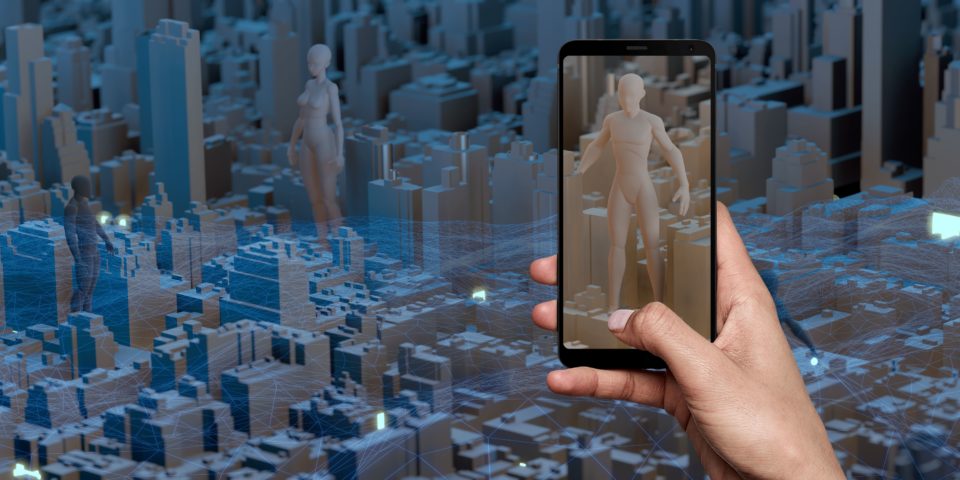How Proxyeed brought the marketplace to physical retail
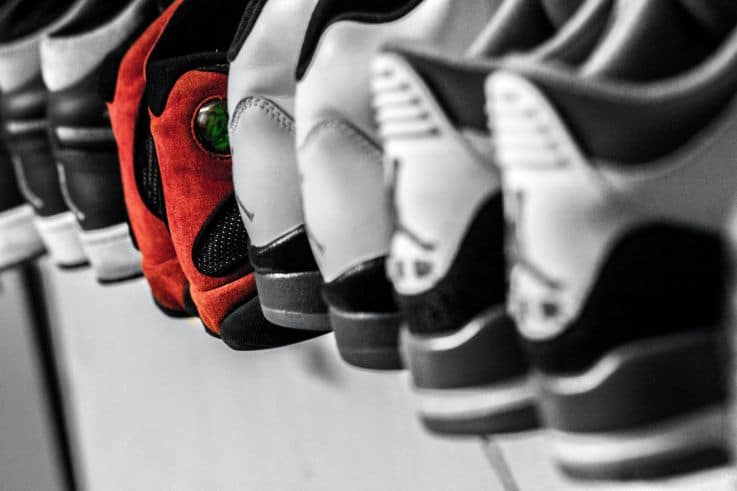

Streetwear is everywhere. The scene seems to be bigger than ever as streetwear brands continue to nail hype and new product drops, and fans flock to snap up the latest styles.
Whether you’re a serious collector or after select pieces, streetwear’s drop culture means that sought after products can be highly sought after – with a price tag to match.
Proxyeed is a streetwear marketplace that was born out of a desire to create a place for fans to connect and buy and sell their pieces. The company has since launched an app and last year opened a physical store in London’s Soho for buyers and sellers to sell and pickup product.
We spoke to co-founder Sam Zuckerbraun to find out how the app and store intersect, why speed became its USP and what’s next for the business.
Sam Zuckerbraun, Co-Founder, Proxyeed
Can you describe Proxyeed in a nutshell?
Proxyeed began back in May 2016 as a Facebook group structured around helping people buy and sell limited edition products.
Unlike other Facebook groups, it was administrated rigorously as I wanted it to be more of a community-based experience rather than about the product. It grew quickly and ultimately moved into an app-based platform because it was a more efficient way to do business.
We also developed our niche of speed. We didn’t want to focus on authenticating the products, but we wanted to make sure that part was guaranteed, so we made a physical drop-off and collection point.
The average time it takes to get a product from our competitors in the UK is around five business days. The fastest transaction we ever did was 15 minutes from the time someone bought the product on our platform to the time it was in the buyer’s hands.
The other stores in this niche are focusing on the rich customers, but there was no representation in London for the people who actually had a passion for the products.
Some of these products were marked up 200% over market price. For example, if a pair of Yeezys goes for £300 pounds these stores would be selling them for £900, which is just absurd. No one who actually was interested in the product and knows the market would pay that kind of money and it wasn’t a welcoming place.
We’d built our business through networking, so we really understood what people were looking for and we made a store to try and cater to a different customer base.
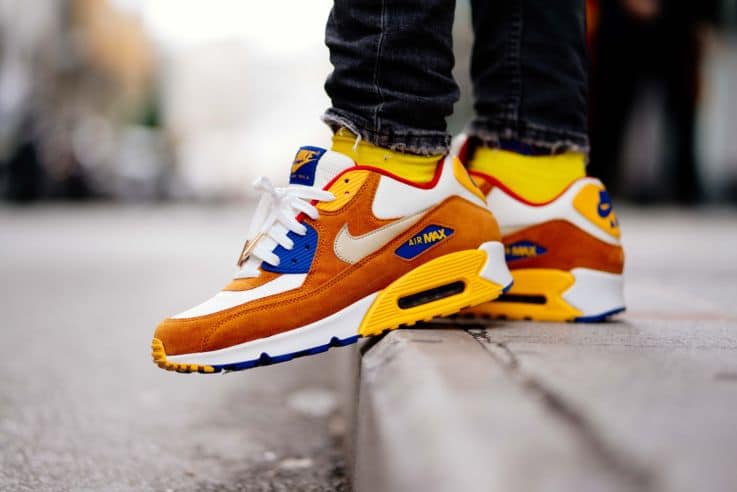
How do you attract customers to the marketplace?
It’s typically been influencers and organic market growth. Our biggest strength is building a community. When you have that community, they’ll follow you throughout the entire growth of your business.
As a result, we weren’t really doing much paid networking or promotions to get one-off customers. We always wanted to ensure we had repeat customers and grow in a slow and steady way.
We try and give customers the best possible experience to make sure that they don’t even think about going elsewhere.
Is there a particular customer demographic?
It’s very interesting because it’s transformed over the time of the business.
When we first opened, our customers were the average 13 to 25 sneakerhead who wants to spend their pocket money and get a good deal. It was really a community store.
Now our customer is literally from everywhere. We even have people who you would never ever, ever, ever, think would wear sneakers. We’ve learned to never discriminate anyone because everyone is interested in sneakers these days.
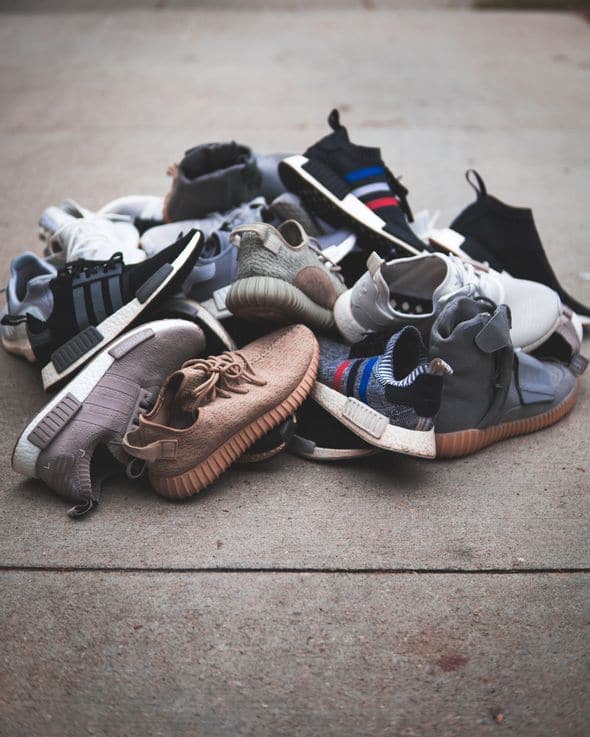
What has your experience of running the store been like?
We first opened the store in March last year as a pop-up space through Appear Here. I’d never done anything like that before, but we had a line outside because we had posted on our social channels and everyone was super excited to come in.
It just grew from there. Our landlord introduced us to a potential new space that was on the same street, which is the location we have now. Our first day in the new space was greater than our revenue for the entire month before.
Why do you think that is?
The main thing that I would attribute to the success of opening the new store was that we tried new things. For example, in the old store every time someone bought something from us, we would take a picture of them outside our store and tag them. It gave instant gratification to the customers for using our store or app or anything under our business.
We got a lot of feedback that customers loved seeing other people on the Instagram, but they really wanted to see product. In between closing the pop-up and opening the new store, we took pictures of all of our products and staggered them on our Instagram to build up hype.
Anytime we would get new things, we would save it for the new store, so we were posting things that no one knew we had. When the new store opened, we had about 150 people waiting outside just because we were posting the products that we were going to have available.
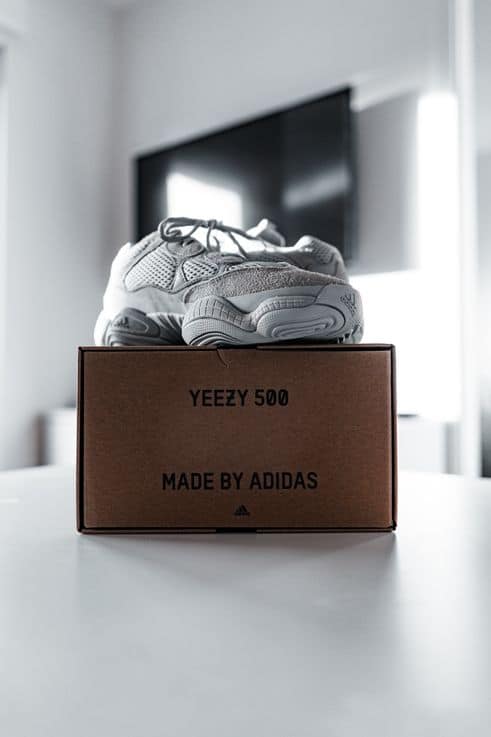
Do most customers discover you by walking past the store or does the app lead to the store?
The store attracts a lot of attention. I think a lot of first-time customers find us that way.
The app is definitely a very valuable asset to the customers because the main thing people are buying are the products that come out the day they come in the store. If there’s a Yeezys release today, for example, that will be the main thing people are coming in to buy. For the week following the release, that’s pretty much all anyone wants, but you could easily get that on the app as well and have it waiting for you by the time you get there.
The only problem we have now is our app is only on iPhone. We are working on making an Android app too.
What is the mix of new and used product?
We have around 90% new and 10% used.
All the other stores in London at the time when we opened, none of them were selling used products, which is a huge money saver and a huge part of the community.
There’s a lot of products that are 10, 15, 20 years old that you would never be able to find brand new and it’s silly to just turn those away from your business because they’re pre-loved.
We often try to have pre-used products that match the same products that we’re selling new. So, if a customer comes in and says, “I really want this shoe”, we can say “we have it brand new for £500 or preloved for £250, which one do you want?”
Most of the time they’ll pick the used one cause why spend double the money for the same thing? I think that’s something that a lot of the stores weren’t focusing on.
Used shoes is actually a very hard item to find and to secure though. The way the market’s kind of transitioned is shoes have become almost like a commodity.
Everyone has a pair sitting in their closet, brand new, that they’ll never touch because they know it’s going to go up in value. It’s very easy to find a lot of new products but used products we come across far less.
The way that the market has transpired makes sense because I think a lot of people are kind of anticipating a recession or something along those lines, so having alternative investments is a very easy way to secure a little bit of money here and there.
It doesn’t cost a lot to get a pair of shoes. If you get lucky in a raffle and they cost you £130 and your potential earnings are £500, you can very comfortably leave that under your bed for a time that you needed it.
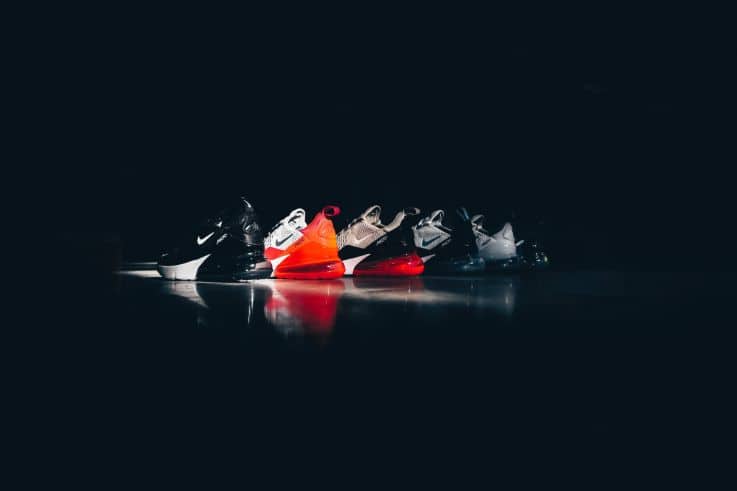
What is the next step for the business?
We are trying to scale, but we’re not trying to damage the brand name or damage the customer experience in the process.
I think some of our competitors scaled insanely fast at the cost of customer experience and ultimately at the cost of their own users. They thought ‘we’ll just have a year or two of bad experiences and then ultimately our service will be so good that people will forget that they had bad experiences.’
It’s pretty risky because they could have lost their whole business, whereas if they had taken a more organic five-year approach, maybe they would reach the same stage at the end and the customers would be happier and maybe they would completely have monopoly share over the whole market.
When we were scaling into the new store and doing our renovations, our landlord told us that we were going to be two weeks behind schedule. We really couldn’t afford to not be running, so we talked about it and our landlord said ‘people will love the store no matter what it looks like, because they’ll think that’s what it’s supposed to look like. What people don’t know won’t hurt them.’
We opened the store with the most basic fit-out I’ve ever seen, but every person who would come into the store would be like ‘wow, this looks so cool, it’s awesome’. They had no idea what it was supposed to look like. Once we finalised it to the stage where it’s at now, they were then amazed all over again. Our business was not damaged at all having a very poor fit out for two weeks.
There’s an interesting transition we’re in right now where we want to scale into other countries.
We have a few key interest areas such as New York, LA, and Paris, but it’s really hard to take a store and bring it to a new city because you need so many resources. You need a huge network of people to bring product in. You need to be able to stock the store.
It’s always been intended as a global marketplace, but just having the physical space in the right city is a huge challenge.
Images courtesy of Proxyeed
Get some fresh perspective by booking a chat with one of our expert consultants.
Related Articles
Below are other articles from our blog that cover similar topics:

